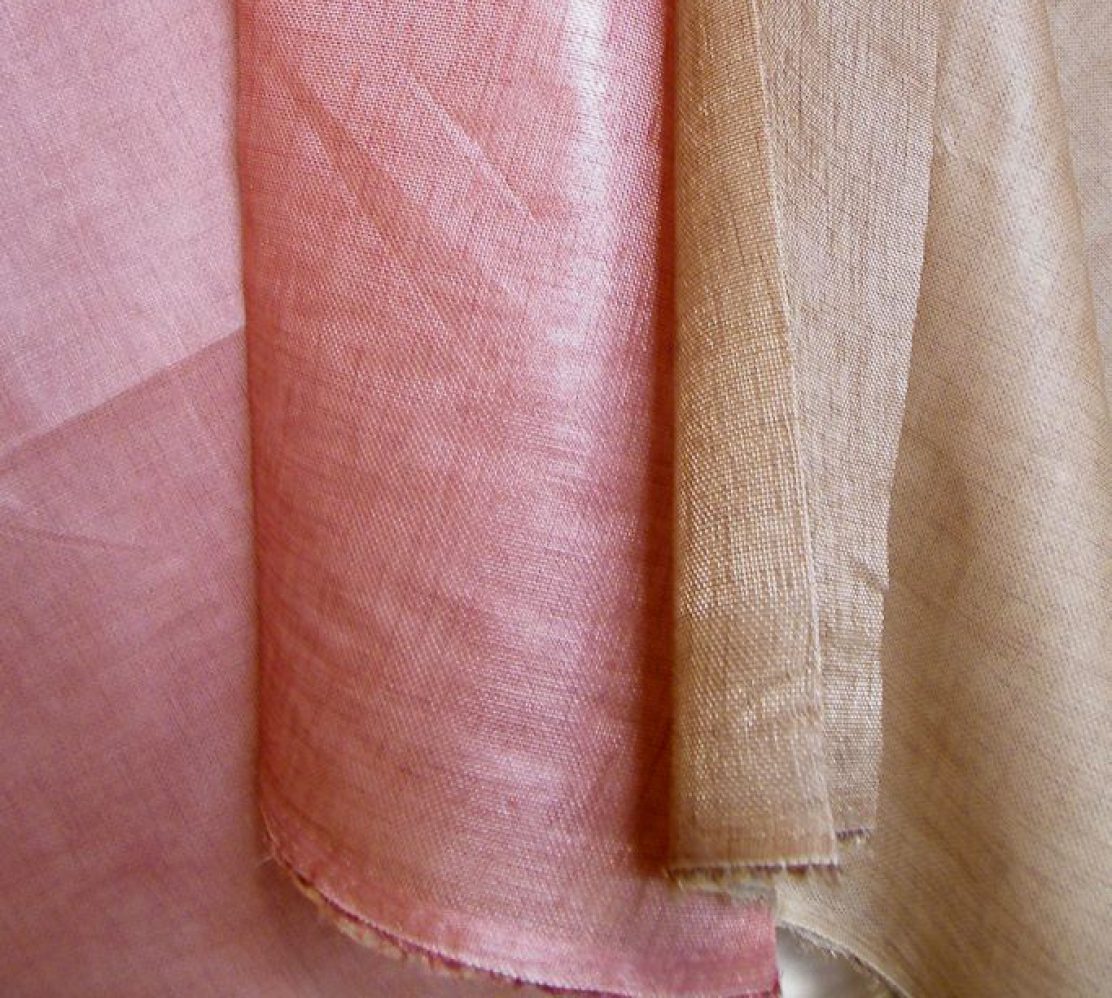For a while now I’ve been keeping an eye on Italian sewing pattern magazine La mia Boutique. I’ve learnt about it from Fehr Trade, who generously shared pictures from her numerous international sewing pattern magazine subscriptions. Unfortunately some of the other ones that she blogs about like Spanish Patrones or Brazilian Manequim are impossible to find in London. Actually, the only place I’ve seen La mia Boutique is in Selfridges department store on Oxford Street, London (in the Ground floor magazine section, Italian / international magazines shelves). You would have think London being so close to Europe and such a cosmopolitan and international city, that it would be easy. But no such luck. Anyway, one (besides the ubiquitous Burda) is better than none.
So La mia Boutique. The occasional issues I’ve seen weren’t really my cup of tea. But the other day I came across the November 2012 issue and it was right up my alley. So I’m now proud owner of one issue 🙂
In case your taste differs and you want to know if it’s worth getting this issue, here are pictures of all of the patterns.
Classy yet Interesting…
The jacket was what caught my eyes. It’s got some funky details, but the end result is a very wearable classy 60ish silhouette. Looks expensive. I like!
And the dress, so simple yet elegant, made even more desirable by the gorgeous print.
I’m less crazy about these two. The sleeveless one on the left might work if you pick the right fabric with a bit of drape. Otherwise the length and volume would make it too bulky and unflattering. (See Paunnet’s review of this issue for another less flattering photo of this top.)
I like this coat too. I know, it doesn’t look like anything special. But this silhouette is actually the closest to my Top Shop Spring coat that I need to replace. So Yes! Result!
This shapely yellow coat with detachable fur collar looks quite interesting too. But I’m not sure the skimpy fur collar quite work. I think the recent Burda version (2012-08-103) would work better.
The dress again is another one with interesting details but a classy silhouette.
Ditto with this dress. Paunnet was lamenting the fact that the fabric choice doesn’t show off the interesting details. You can certainly highlight them with contrasting fabrics. But actually, I quite like the subtly of this execution. Different strokes right? Hence the importance of showing all so you can judge for yourself! 🙂
The tech drawings (see below) for this jacket and the one just above are again quite interesting. But the results don’t do much for me. The one above is weirder – I probably wouldn’t ever make that one. But this one look classy enough that I may eventually make one a fabric that showcase the details better.
These are less interesting details-wise. But with the right fabric and styling choices, they’d make nice basics.
 A few more that aren’t as interesting for me. But maybe they’ll be right up your alley.
A few more that aren’t as interesting for me. But maybe they’ll be right up your alley.
And for you Curvy Lovelies…
And not forgetting the Little Ones…
Tech Drawings for those who
don’t trust leggy models…
And if it doesn’t come in exactly your size …
…There’s grading instruction / tips in the introduction section of the pattern instructions.
…which Google Translate turns into this…
Development of sizes
A method to increase or decrease the size of the pattern chosen
- Return on sheets of paper the various pieces of the pattern in the size closest to your own.
- To obtain its size by a model size immediately above or below, follow the variations suggested in the diagrams of this page.
- The figures below show the transition from one size to another with the relative displacement in centimeters. In our diagrams the solid line indicates the size detected by the pattern, the short dashed the smaller size, the hatch on the next size up.
- For other sizes, vary the displacement measurements indicated in diagrams of a single measurement for each size, but are advised to avoid overpasses to two sizes as not to alter the model line.
- If you really want to develop some sizes of difference, before cutting the fabric, you should wrap the head in a slight sliver of tailors and try it exactly. [Huh???]
- To shorten a model: Drill a horizontal fold on the tissue, to the extent necessary, to about half of the bodice and skirt.
To extend a model: Cut the tissue in the same position explained above and place a piece of tissue paper, the required length (see page 38).- For the grading of the rectangles follow the instructions given in the text (see Model).
The actual instruction for the patterns are brief like in Burda Style magazines. But there is an intro section with illustrated summary of some common sewing techniques / steps. Unfortunately it’s all in Italian of course. So probably best for sewers with a bit of experience who can decipher patterns and sew without detailed instruction. Otherwise there’ll be a lot of typing into Google Translate and a lot of Huh? and laughs!





















 First up is the
First up is the 













 Which begs the question: Why does the cutting instruction for
Which begs the question: Why does the cutting instruction for  I also visited
I also visited 























 And last but not least – this time not in Downtown – a couple more pieces from
And last but not least – this time not in Downtown – a couple more pieces from 














































